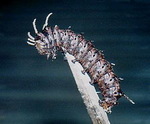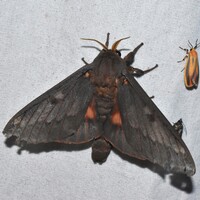
| Recorded by: David George, Jeff Niznik on 2025-05-24
Richmond Co.
Comment: | 
| Recorded by: David George, Jeff Niznik on 2025-05-24
Richmond Co.
Comment: |

| Recorded by: Maurice Cullen, Todd Pusser, F. Williams, S. Williams on 2024-07-08
Gates Co.
Comment: | 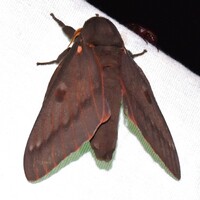
| Recorded by: David George, Jeff Niznik, Rich Teper on 2024-04-16
New Hanover Co.
Comment: |

| Recorded by: Dean Furbish on 2023-08-12
Wake Co.
Comment: | 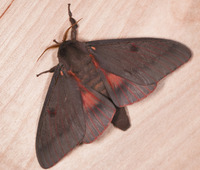
| Recorded by: John Petranka and Jim Petranka on 2023-05-18
Moore Co.
Comment: |
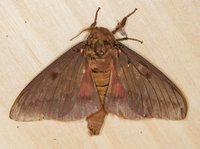
| Recorded by: JIm Petranka, Bo Sullivan, and Steve Hall on 2022-07-24
Moore Co.
Comment: | 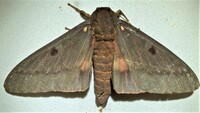
| Recorded by: Dean Furbish on 2022-06-28
Wake Co.
Comment: |
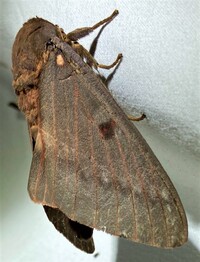
| Recorded by: Dean Furbish on 2022-06-28
Wake Co.
Comment: | 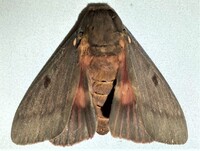
| Recorded by: Dean Furbish on 2022-06-28
Wake Co.
Comment: |
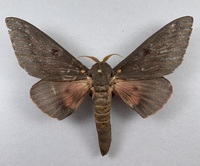
| Recorded by: Richard Teper on 2022-05-31
Moore Co.
Comment: | 
| Recorded by: Dean Furbish on 2021-07-09
Wake Co.
Comment: |
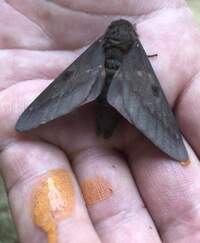
| Recorded by: Mark Basinger on 2021-06-07
Wilson Co.
Comment: | 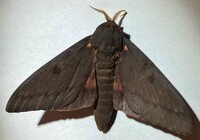
| Recorded by: Dean Furbish on 2021-05-15
Wake Co.
Comment: |
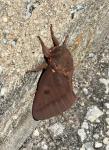
| Recorded by: C. Helms. J. Davis on 2020-04-27
New Hanover Co.
Comment: | 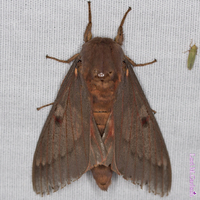
| Recorded by: L. M. Carlson on 2019-08-07
Orange Co.
Comment: |
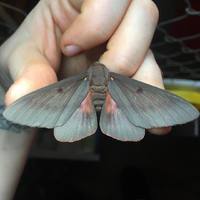
| Recorded by: Alicia Ballard on 2018-08-14
Orange Co.
Comment: | 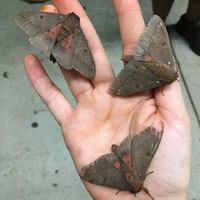
| Recorded by: Alicia Ballard on 2018-08-12
Alamance Co.
Comment: |
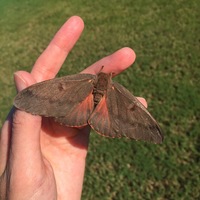
| Recorded by: Susannah Goldston on 2018-08-08
Chatham Co.
Comment: | 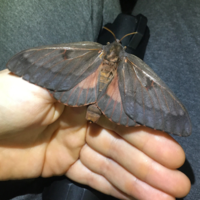
| Recorded by: Alicia Ballard on 2018-08-05
Orange Co.
Comment: |
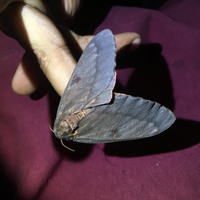
| Recorded by: Alicia Ballard on 2018-08-05
Orange Co.
Comment: | 
| Recorded by: Alicia Ballard on 2018-06-04
Caswell Co.
Comment: |
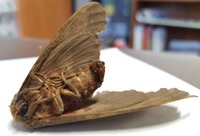
| Recorded by: Michael P. Morales, Amber Williams on 2017-05-01
Cumberland Co.
Comment: | 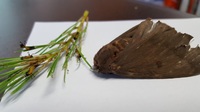
| Recorded by: Michael P. Morales, Amber Williams on 2017-05-01
Cumberland Co.
Comment: |

| Recorded by: Michael P. Morales, Amber Williams on 2017-05-01
Cumberland Co.
Comment: | 
| Recorded by: Darryl Willis on 2016-08-15
Cabarrus Co.
Comment: |

| Recorded by: Lenny Lampel on 2016-08-04
Mecklenburg Co.
Comment: | 
| Recorded by: B. Bockhahn, P. Scharf, S. Hall on 2015-07-22
Stanly Co.
Comment: |

| Recorded by: NEW on 2014-09-16
Moore Co.
Comment: | 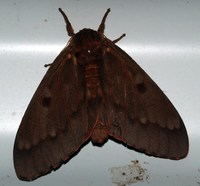
| Recorded by: Paul Scharf on 2010-06-16
Warren Co.
Comment: |
|

 »
»
